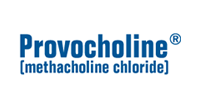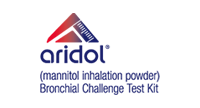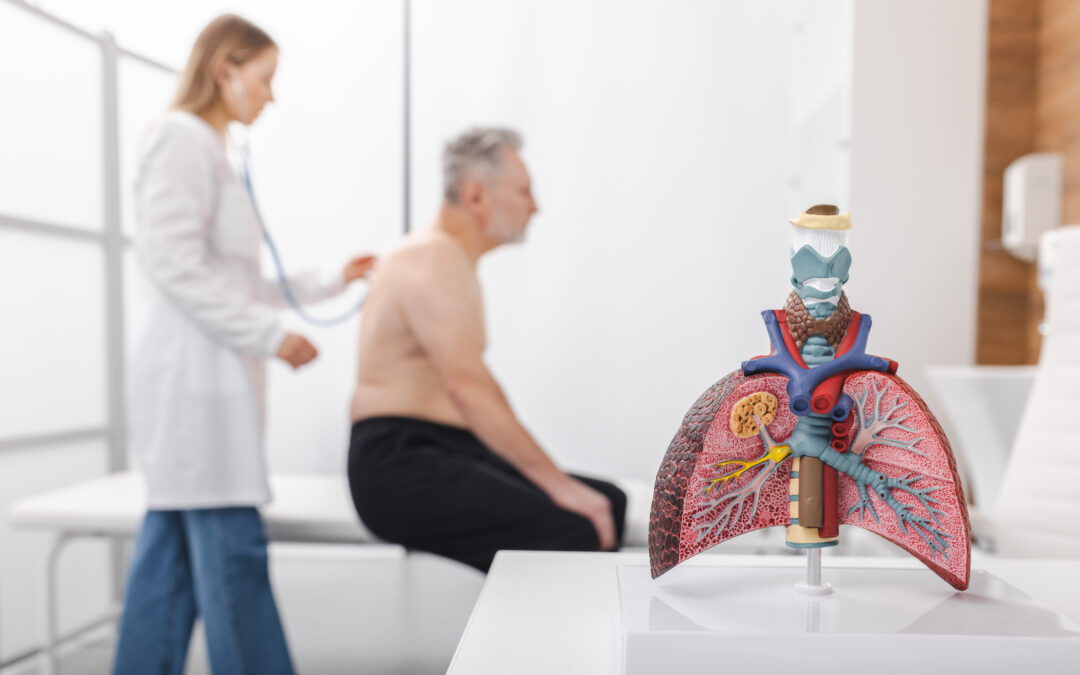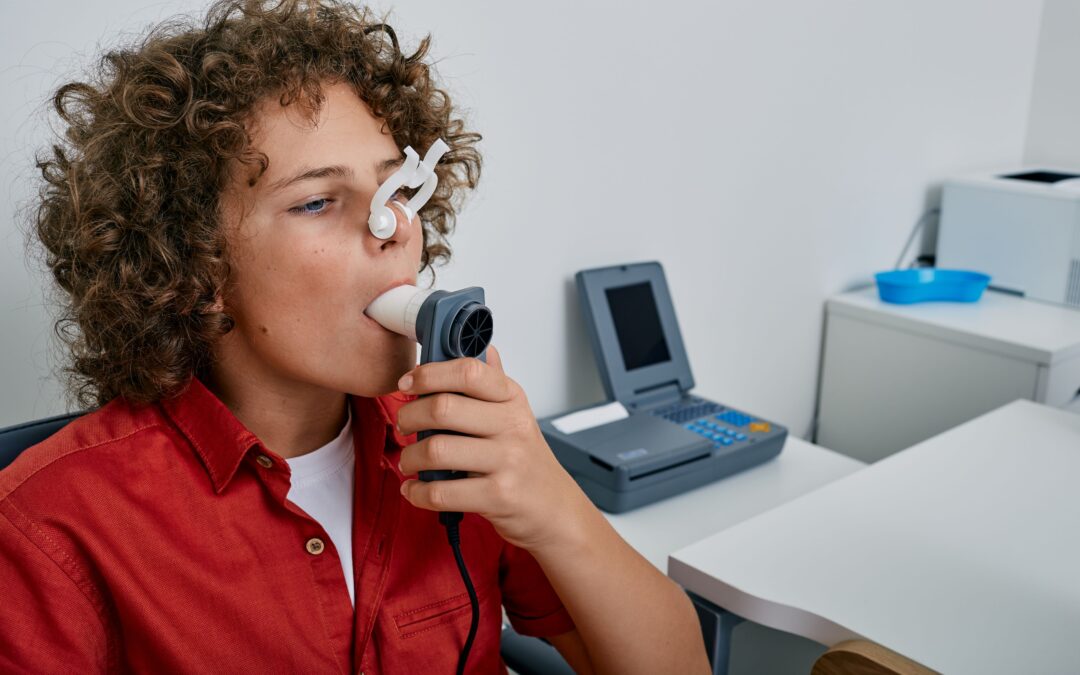Author: Sheila Mackie, RRT
Prescribing long-term oxygen therapy for your patient can be complex given the reimbursement structure, government regulations, and the variety of device options. In addition, Physicians, PAs (Physician Assistant), and NPs (Nurse Practitioners) (Nurse Practitioner) need to consider their patient’s lifestyles. Is the patient active or sedentary? Do they continue to smoke?
In this blog, we will discuss the various options for patients requiring oxygen and address how to match these devices to your patient’s needs.
Types of Oxygen Delivery Systems
Stationary Oxygen Concentrator
Stationary oxygen concentrators run off electricity. They weigh 30-40lbs. extract nitrogen from the room air via a sieve tube and produces 88-95% pure oxygen. They can deliver 0.5-10L/min. via a 5-7 PSI compressor. The oxygen is typically delivered via nasal cannula up to 6L/min. with 50 ft. or less of connective tubing. Humification can be added for patients requiring 4 or more liters per minute. A simple face mask can be used on patients at 6 L/min. or more. Some maintenance is required for the patient such as cleaning external filters once a week to maintain the purity, changing the tubing each month, and cleaning the humidifier, if attached. All stationary concentrators must have at least 1 backup tank in the event power is eliminated or the concentrator fails.
Oxygen Tanks
Oxygen tanks are offered in varied sizes and subsequent capacities. These cylinders are filled with compressed oxygen at pressures of 2000 psi. A regulator is attached to the tank to deliver the prescribed liter flow. The regulator gives the patient a visual of the amount of oxygen left in the cylinders. Typical tanks delivered to the home for portability or for backup are B, D, and E cylinders. B cylinders (M-6) weigh about 8lbs. and can be carried in a shoulder bag. They typically last a little more than 1 hour on a continuous flow of 2 L/min., or up to 4 hours with a conserving regulator. A backup E cylinder will give the patient 4.5 hours at a continuous flow of 2 L/min. Tanks should be stored at room air temperature, or in a cool environment. They should be secured upright or securely on their side. Oxygen cylinders should not be stored in a closet or near heat. Tanks can be difficult for patients to maneuver as they take understanding, strength, and dexterity.
Home Fill Concentrator System
Home fill concentrators consist of a stationary concentrator, compressor, and home fill tanks which are available in assorted sizes. The compressor is attached via tubing to the concentrator and enables the concentrated oxygen to fill the attached tanks. This process takes a few hours and is dependent on patient understanding, strength, and dexterity as well. Home fill systems can be expensive to run as they are powered by electricity.
Conserving Regulators
Regulators are available in adult, pediatric, and conserving devices. Conserving device regulators require patient testing since it gives the patient a bolus of oxygen on demand during inhalation and no oxygen on exhalation to conserve the amount of oxygen in the tank. This is also known as a “pulse dose.” Provider’s prescriptions should include titration instructions. For example, test to titrate patient on 2-4 L/min. pulse dose to maintain O2 saturation of 90%. Patients unable to maintain their oxygen saturation on a conserving device will need to use a continuous flow regulator.
Portable Oxygen Concentrators
Not all POCs (portable oxygen concentrators) are the same. They range from 5 lbs. units that provide 1-3 L/min. pulse to 19.5 lbs. that provide 0.5-3 L/min. continuous and up to 9 L/min. pulse dosing. POCs run on electricity or a rechargeable lithium battery. Most are FAA-approved for air travel and should be marked appropriately. Most airlines require extra batteries for at least 150% of expected air travel. The smaller POCs are pulse dose only with various bolus sizes and battery life is minimal. Many offer a car adapter to recharge the battery while traveling. Providers should understand that not every patient can tolerate a smaller POC (portable oxygen concentrators). Even if a small device works early on, as their disease progresses it may no longer be a good fit for their needs. POCs can be noisy, expensive, and not always covered by patient insurance so not all homecare providers will offer POCs to patients. However, for the right patient, it gives them the freedom to travel, enables them to run errands, and visit with family.
Choosing the Appropriate Device
Being prescribed supplemental oxygen does not necessarily have to limit a person from leaving their home or even traveling. Although it may be a bit more challenging, there are more options for patients if they meet certain criteria. Both providers and patients have viewed the commercials that show grandma golfing with a 3lb. portable oxygen concentrator attached to her waist. The commercial fails to warn that not every patient may qualify for this type of device. Patients should be evaluated by a health care professional to guide them to the device that meets their ability.
Author: Sheila Mackie, RRT
Methapharm Inc.








